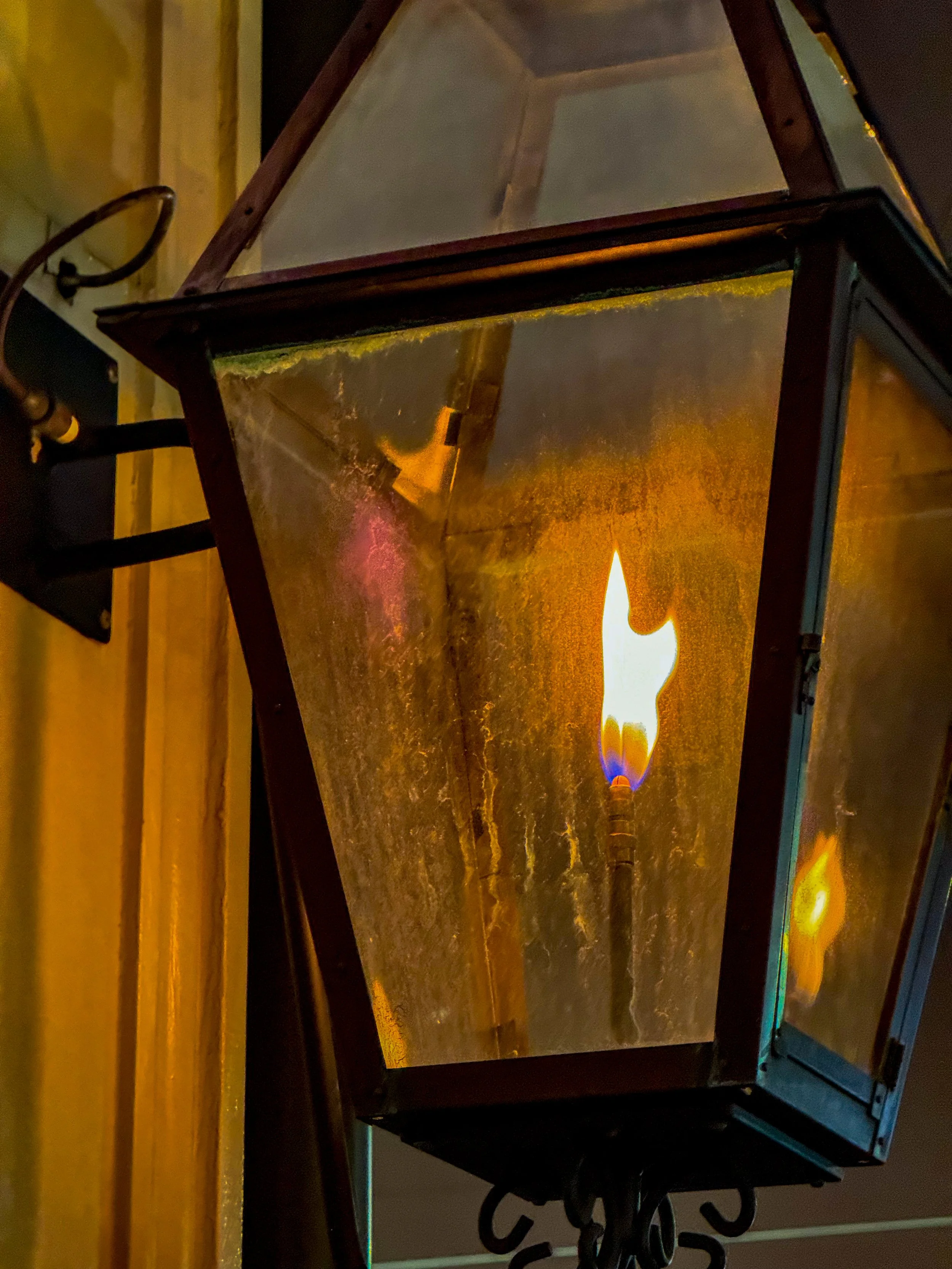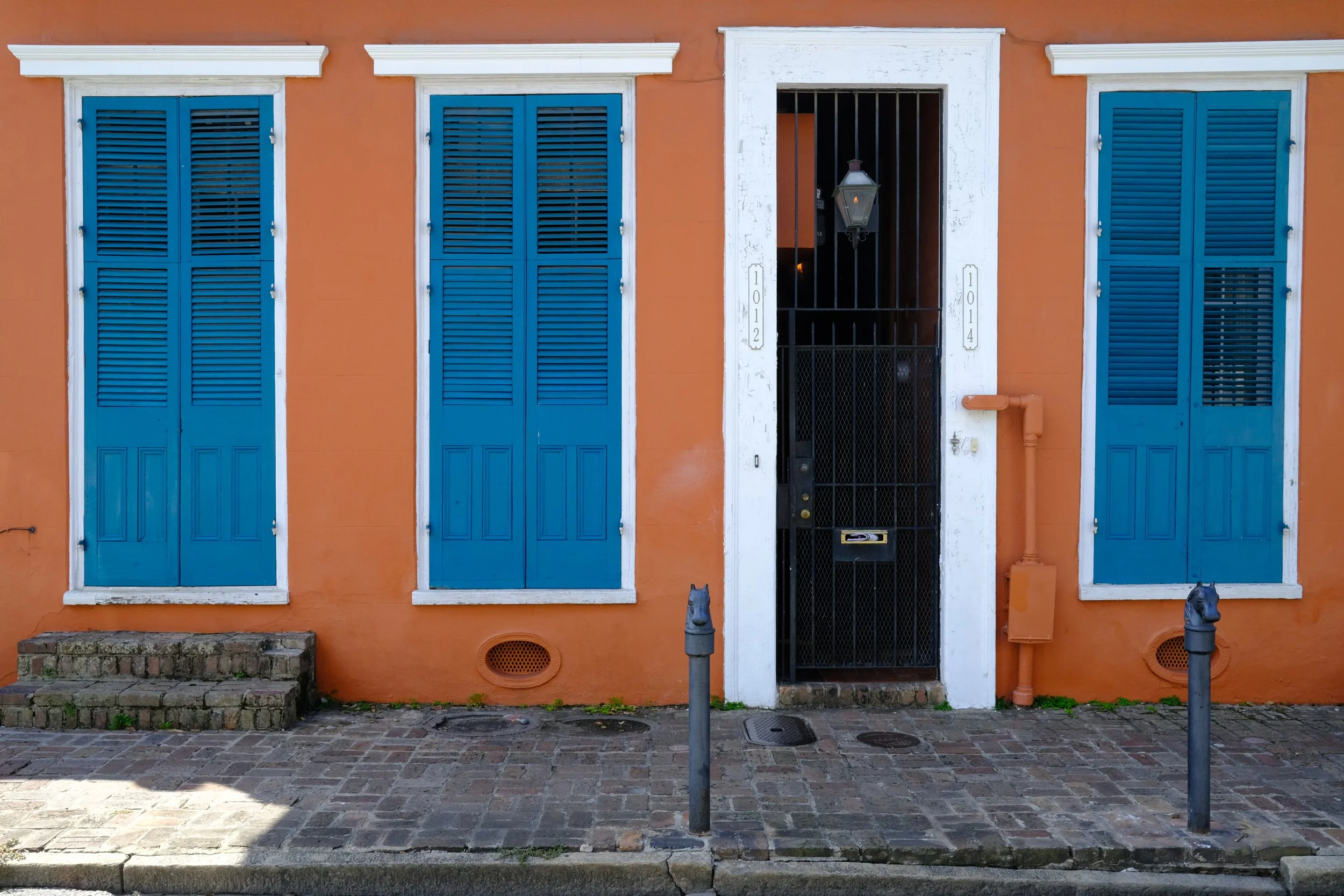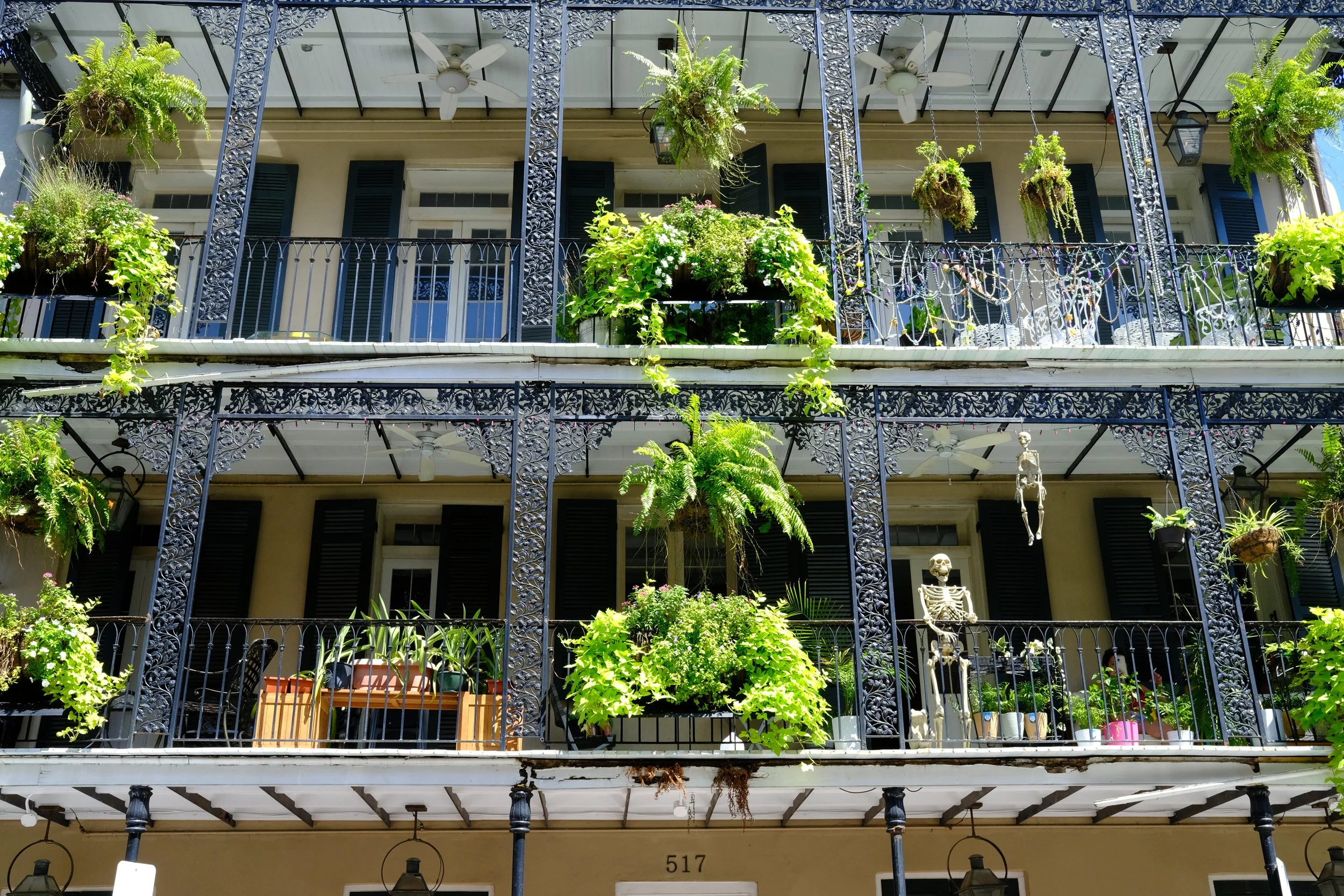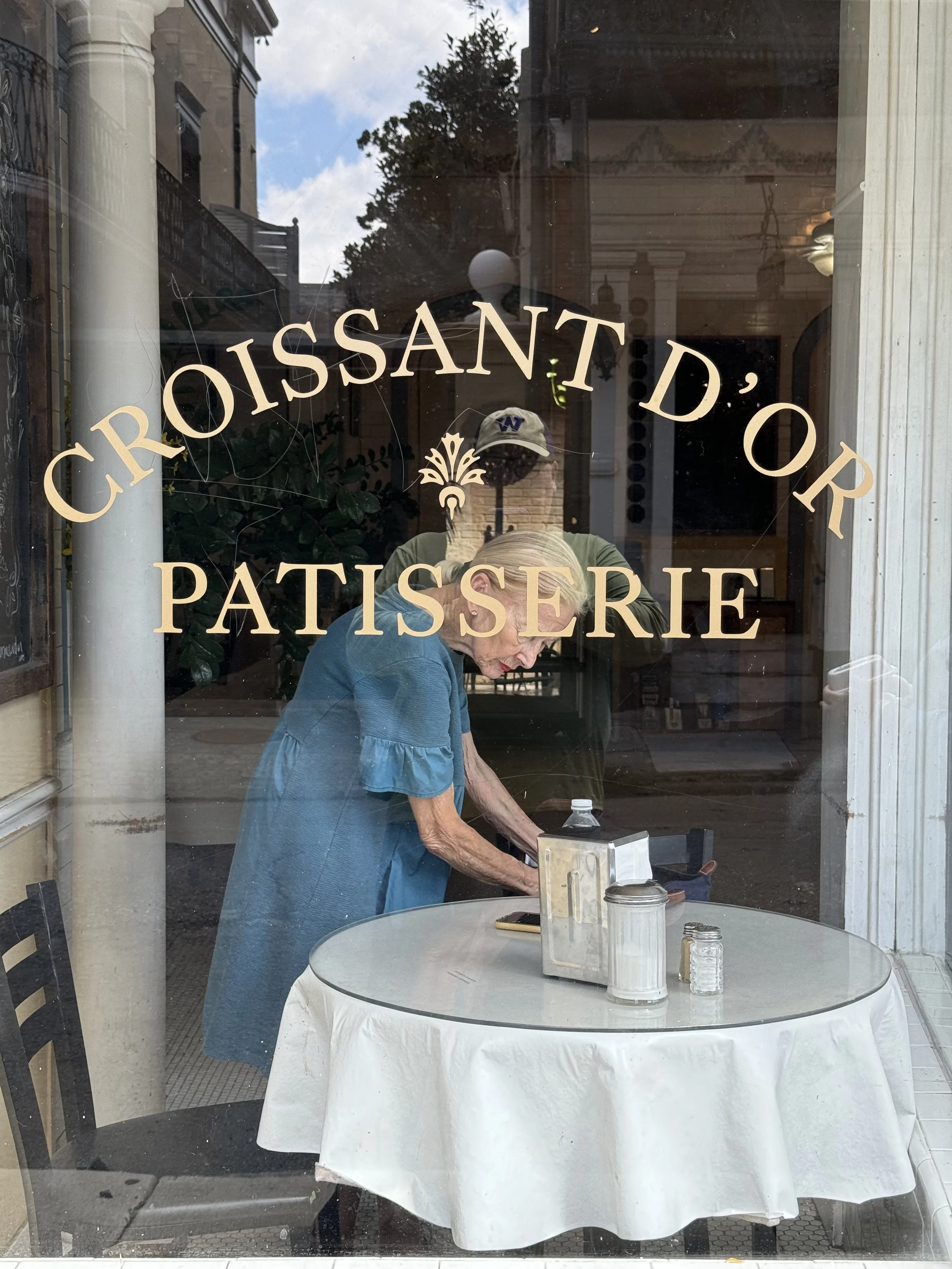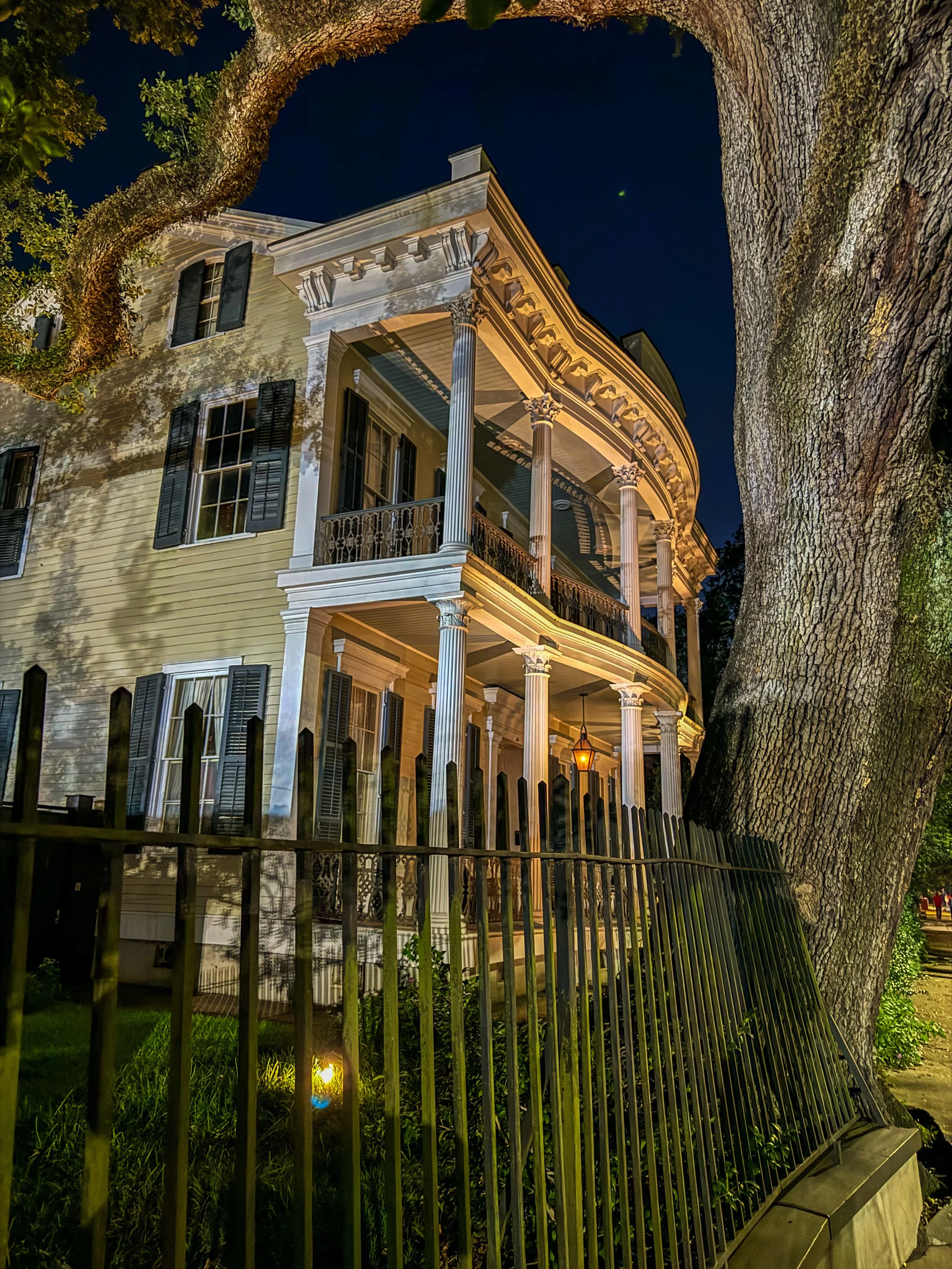Low and slow in the Big easy
The evenings are thick and comfortable in New Orleans
There really isn’t any place like New Orleans. And it seems from asking that people either love it or would prefer to avoid it. I am in the former camp. Nobody should be living there, really. It’s set up on a swamp, below sea level, at the end of a muddy river delta, smack dab in the middle of hurricane lane. It’s hot and humid, surrounded by creatures that would just as easily consume you, or your blood, as ignore you. It can be gritty, or downright dirty—every definition of dirty applies here.
All of these deterrents mean that the people who live there actually want to; they prefer it. The long history of the city means that people from all over, or their descendants, willfully remain, whether that be French, Canadienne, Spanish, West African, Scottish, Irish, or Mexican. Think of these cultures and imagine the colors associated with them, the taste of their foods, the smell of their spices, their hot tempers, their music and languages, and then mix them together in a bowl. This is New Orleans.
The people are friendly, however, in fact they are congenitally chatty. Everyone will talk to you fearlessly, and they expect the same in return. They don’t keep to themselves because everyone is experiencing the same things you are, and they want to share it. They are sweaty. They love spice. They can’t wait for 5:00 p.m. to cool off with a Sazerac, they love the moss, the balconies and porches, the grand live oaks, and 100-year-old magnolias, just like you do. They know their history and they are more than okay with it, and they work on bettering it every day.
Our trip away from New Orleans to Honey Island Swamp, 45 minutes outside of the city, for a swamp tour, encapsulates these things perfectly. The bus driver, René (I know his name because he repeated it a dozen times) gave us the history of Hurricane Katrina and its impact on the land, and thereby the people—rich and poor—as we drove along the highway and over Lake Pontchartrain. His voice delivered his words over the speakers in a sing-song cadence, lulling you into a state of hypnosis, drawing you in, focusing on every word of the tragedy he told. Instant empathy and respect for the people of New Orleans if you hadn’t already developed those things.
Then suddenly we were on a small boat, gliding silkily through the swamp with our captain, Neil, telling us absolutely fascinating things about the environment were we taking in. The sounds, the trees, the alligators, birds, raccoons, and the pink apple snails. His voice was a mix of southern drawl and Cajun slang, so authentic and endearing. He told us of the first boat he got from his father at age 12 and his first captain’s license at age 16. The swamp was his home.
Both men loved their home city and were so proud of it and wanted you to know everything about it. They wanted to answer every question, their passion infectious. This tour was easily the highlight of our time in New Orleans, and I would say of our entire journey, thus far.
Nice to eat you.
The incredible beauty of Honey Island Swamp
The next day back in the city, we visited the National World War II Museum. Certainly, one of the best museums in the country. Covering a campus of six building, many of them large converted warehouses in the Warehouse District of the city, the experience they create for visitors is personal, intense, and unforgettable. Exhibits are Disneyesque with environmental recreations that look and sound real. A 4D film about the war narrated by Tom Hanks and voiced by other famous actors is so overwhelming that when it ended Chien-hui was crying and quite literally shook up. Many of the visitors around us were very old, and some were being pushed in wheelchairs, or using walking aids. They had on military caps touting the ships they had been on. Basic math told me that they weren’t WWII vets, rather probably from Vietnam or other conflicts. I left hoping younger people than me would be visiting for a long time, because the impact was profound.
We did other touristy things, too. Of course we did. You can’t go to New Orleans without hitting Café Du Monde. You have to see and feel the French Quarter, as well. But you do have a choice of what time you go to the Quarter. The later in the evening you go, the more idiotic the people are—your choice. During the day, it has a charm and beauty that is photogenic. At night, it’s one big neon party full of competing bands and lots of public drunkenness. Both have their fans. The city is happy to entertain them all.
The French Quarter
Wrought iron in New Orleans is art
Oh, and we ate some food, some very good food. Herbsaint, Antoine’s, Coquette, all famous restaurants and deservedly so. We also had some of the best Thai seafood at a place called Good Catch in the central business district. Everyone claims they make the best gumbo. We tried those from these restaurants and they were surprisingly very different. I’ll leave it to you to determine New Orleans’ best. Good luck with that. I would suggest you have at least one Sazerac and one Vieux Carré cocktail to get the flavor of the city, which is Kentucky bourbon. All rivers lead to the Big Easy.
Croissant D'Or in the Quarter
An evening walk in the Garden District after dinner at Coquette
Our time in New Orleans left us feeling like life was finally slowing down. Chien-hui commented one day when we were walking that we seemed to be walking slower than usual. The pace felt right to me.
